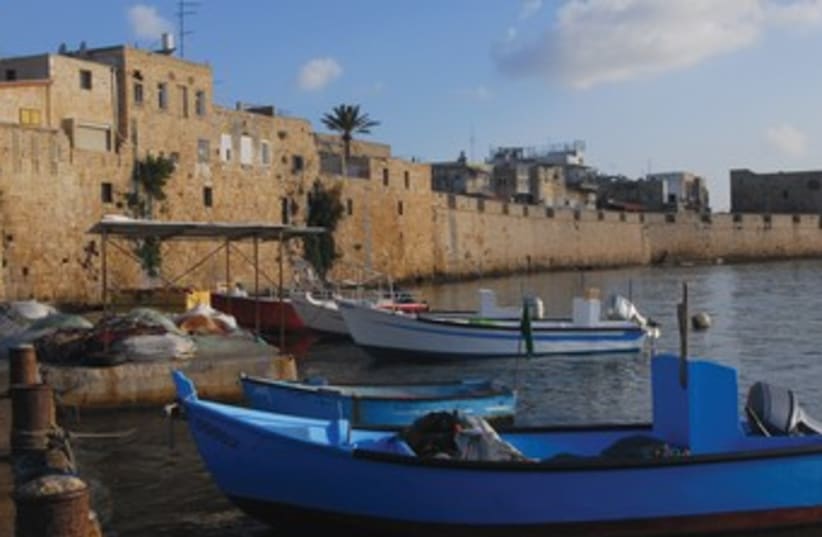Recently, I’ve noticed that many families have been searching for weekend outings that aren’t too strenuous. Since the mornings are still cool this time of year, I have the perfect outing that includes nature, beautiful views, a little easy walking and a few historical tidbits.The trail, located in the Alonei Abba nature reserve in the Lower Galilee, is very popular due to its gorgeous views, clear air, tall trees and many picnic areas. January is the perfect time of year to hike this trail, when the ground is soft from the winter rains and the sun is warm. The path lies within a forest of thick vegetation, covered with colorful cyclamens, anemones and buttercup flowers and surrounded by ancient Tabor oak trees.Alonei Abba is the only area in which the huge, natural oak trees still exist. The forest that once existed in the region, and that covered the land all the way to Nazareth, was almost completely destroyed by the Ottomans in the early 20th century, who cut down the trees to use the wood for railway tracks. Luckily, the German Templers who lived in the area during World War I didn’t appreciate this, and demanded that the Ottomans sell them the land on which Alonei Abba currently sits. As a result, they were able to protect the trees and prevent them from being cut down.
The reserve is named after the moshav shitufi (semi-cooperative village) nearby, built on the location of an abandoned Christian German colony called Waldheim, which was established in 1907.The moshav was named Alonei Abba in memory of Abba Berdichev, who parachuted into Czechoslovakia in 1943 in an effort to help clandestine British forces.Unfortunately, Berdichev was caught and executed by the Nazis in 1945.I recommend including a walk around the moshav in your hike, so that you can admire the impressive buildings that were built in the Templer style.The Alonei Abba trail is free to hikwww.ers all year round. It covers 95 hectares (234 acres) and the main entrance to the trail is 200 meters from the entrance of the moshav. (Anyone who’s hiked in the area before knows that there are a number of unregulated entrances to the trail.) After you pass by a dozen or so cows who are lounging in the muddy field, continue along the well-maintained path that is surrounded by tall trees. The path is marked with green trail markers, but they are not always easily seen. The path is circular, so you will eventually end up back at the entrance, but if you’re concerned that you’ve strayed from the path, you can always just retrace your steps instead.The trail climbs up the hill at a slight incline for about one kilometer, and there are plenty of places along the path to stop and enjoy the beautiful views of the Galilee.This is the perfect hike for families with small children who love to stop and take time to collect acorns, search for bugs and insects or just run around and enjoy the fresh air and fantastic forest scents.When you reach the top of the mountain, you will have a wide view of the entire valley, including the unique homes of Alonei Abba. This is the perfect place to stop for a rest or have a picnic. From this height it is also possible to distinguish between the various types of trees that grow in the reserve. In addition to the Tabor oak trees, which live for more than a thousand years, scattered throughout the area you will also find carob, terebinth and a whole slew of shrubs and plants.When you’re ready to move on, continue along the path which descends back toward the entrance. Remember – it is important to stay on the path so as not to harm the natural shrubbery in the nature reserve. If you’re lucky, when you return to the parking lot, youngsters who live in the area might be there selling fresh squeezed orange juice and lemonade.That way you’ll be able to end your outing with a sweet taste and a smile.Translated by Hannah Hochner.
